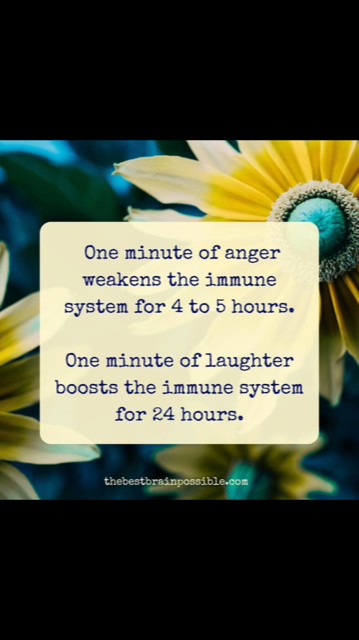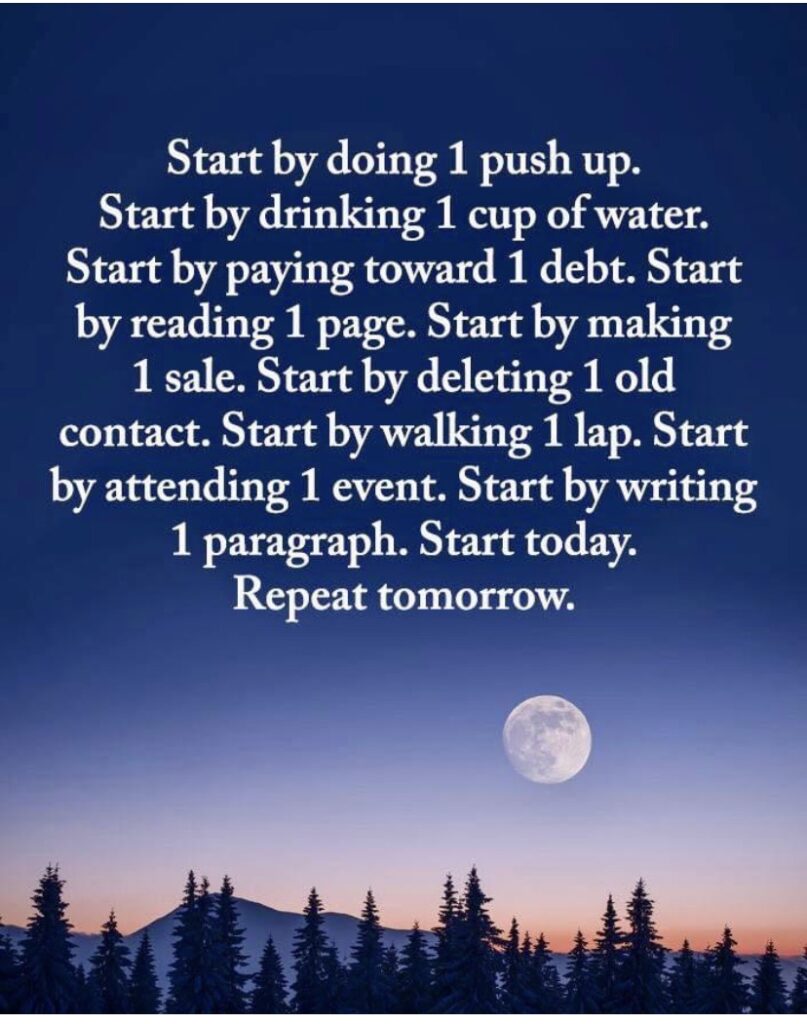Living through a period in which there is so much that divides it is sometimes helpful to also attend to what we have in common, and what keeps us going. To that end, the New York Times’ Well Desk recently surveyed their readers and asked what their wellness “non-negotiables” are. Thousands of people shared practices that anchor and animate their days. You can read a few examples below or the full article at nytimes.com. But today perhaps ask yourself, what are your wellness non-negotiables? And can you share that with someone else? These might be ways to stay grounded, become healthier, or just a little bit happier.
“I use different plates for breakfast on the weekends. Rather than the grab-and-go-shovel-in-the-food weekday morning routine, my bright blue and yellow plates with bread, jams and fruit are a reminder to enjoy life, slow down and savor.”
“Every morning I walk around our town for what I call my Banana Walk. My wife dislikes the smell of bananas in the house, and I love her, so I take my banana and spend the next hour figuring out the universe, life, and while I’m at it, my work day.”
“Every morning — all year — my husband and I do a “bird sit,” a 20- to 60-minute phone-free time when we watch the birds from our patio. The first time I did this practice was at a weekend workshop; it was the first time in over 10 years that I’d been by myself, sitting quietly without my children and without my phone. I thought I was going to burst it felt so long. Now, the practice is just as important to my day as eating breakfast and getting to work. Our 7-year-old often joins us. In the winter, we get bundled in sleeping bags. We have a family of sharp shinned hawks we’ve been watching, and hummingbirds come so close we can hold them in our hands.”
“I used to read all the time when I was younger and wanted to get back into it. For the last few months, it’s become a non-negotiable for me to read for at least half an hour a day. It usually ends up being more than that, but on days when I’m exhausted or busy with other things, I cut it off at my mandatory 30 minutes. Since I started reading every day, I’ve become more productive overall. I feel like my imagination has improved since I’m watching less TV and spending less time scrolling on my phone. My mind is moving more, and I feel more present in my life.”
“Having tea with my 11-year-old son after school. He likes iced mint tea with some honey; I go for English Breakfast with a splash of soy milk. It’s our time to connect, joke around and chat about the day. It doesn’t have to last long — maybe 15 to 20 minutes. I cherish this mom-son teatime and look forward to it every school day!”
“At least once a day, I choose to savor a moment of joy. The occasion might be a taste of delicious food, a laugh with a loved one, finding a prize parking spot, discovering my next library book, catching a glimpse of the moon through my upstairs window. It’s amazing how these wonders multiply when I come to see them as ubiquitous gifts, not rare anomalies.”



